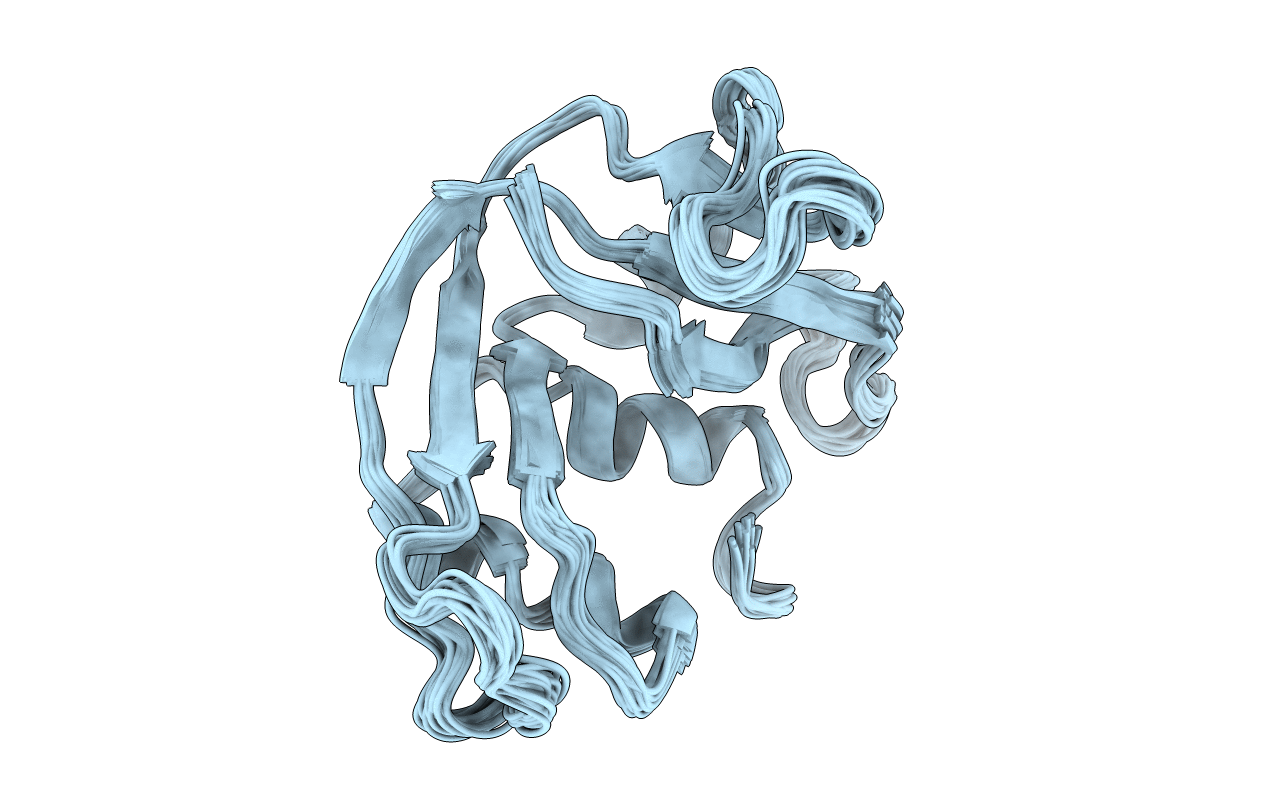
Deposition Date
2008-11-20
Release Date
2009-06-23
Last Version Date
2024-11-06
Entry Detail
PDB ID:
2KB5
Keywords:
Title:
Solution NMR Structure of Eosinophil Cationic Protein/RNase 3
Biological Source:
Source Organism:
Homo sapiens (Taxon ID: 9606)
Host Organism:
Method Details:
Experimental Method:
Conformers Calculated:
100
Conformers Submitted:
20
Selection Criteria:
target function


